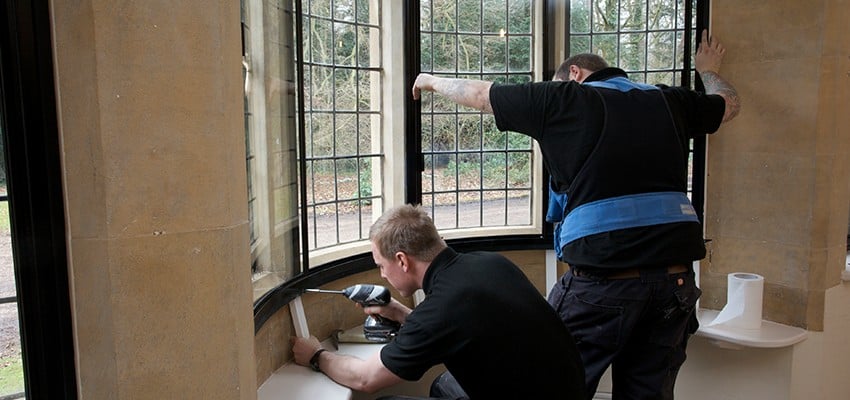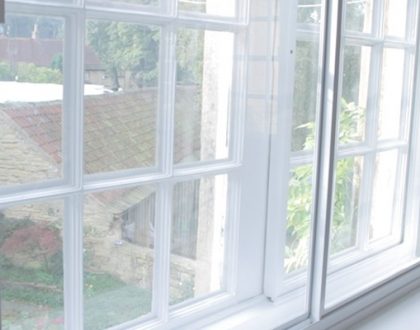A Beginner’s Guide to Secondary Glazing Insulation Value

Secondary glazing brings a lot of extra value to your home. Increased security, better sound insulation and reduced condensation are just some of the benefits. But one of the biggest advantages of secondary glazing is its ability to keep your home warm.
In fact, installing secondary glazing could improve your thermal efficiency by up to 60%. So, just how does thermal insulation work? What do the different insulation values mean? Which value should you look out for? Keep reading to find out more.
How does insulation work?
Heat flow involves 3 basic mechanisms, conduction, convection and radiation, all of which contribute to the idea of insulation. Conduction refers to the way heat moves through materials, convection is the way heat transfers through liquids and gases and radiant heat travels in a straight line, heating anything solid in its path.
Generally, insulation materials work by reducing conductive heat flow, and will sometimes reduce convective heat flow too. Properly insulating your home can decrease heat loss by providing an effective resistance to the flow of hot air through things like windows.
As an example, secondary glazing comprises another pane of glass alongside the original window. This creates a sealed gap between the two panes, which works as an insulative barrier to prevent the conduction of air through the window.
This insulative barrier can have multiple insulation values…
K-value
The K-value refers to a material’s ability to conduct heat. Materials with low K-values do not allow heat to easily pass through. So, when looking to insulate a building, a low K-value material is best as it prevents heat from escaping. This allows your home to stay warm in the winter and helps keep the inside cool in the summer.
R-value
A material’s ability to resist heat transfer at certain thicknesses is known as its R-value. When looking to insulate a building, a material with a high R-value is preferable as it will be able to resist heat transfer well. While K-value solely looks at the insulation of the material, R-value considers both the material itself and its thickness.
U-value
Finally, the U-value refers to the rate of heat loss through a given thickness of material or building element, such as a roof, wall or floor. Ideally, you would choose a material with a low U-value, so it gains a small amount of heat at any given time. when discussing the U-value of a building, the R-value of its individual components must be considered.
Keep your home insulated with Clearview
With energy costs on the rise, it’s more important than ever to improve the thermal efficiency of your home or commercial property. Secondary glazing is a great way to do that, improving the insulative quality of your windows.
Clearview provides a simple, stress-free and cost-effective way to install secondary glazing. Our DIY Secondary Glazing kits come fully assembled, pre-drilled and installation-ready with a clear installation guide, so you can enjoy the benefits of an insulated home in next to no time.

Discover How To Stop Draughts for Good And Save On Your Energy Bills
This free eGuide – written by specialists – explains in simple terms how to improve the thermal efficiency of your windows by more than 60% and how you can reduce your yearly heating bill by 15%.
Simply enter your name and email below and we will send a free copy straight to your inbox.
Recommended Posts

A Beginner’s Guide to Window Insulation
20/12/2018

20 Years of Clearview Secondary Glazing
19/12/2025

